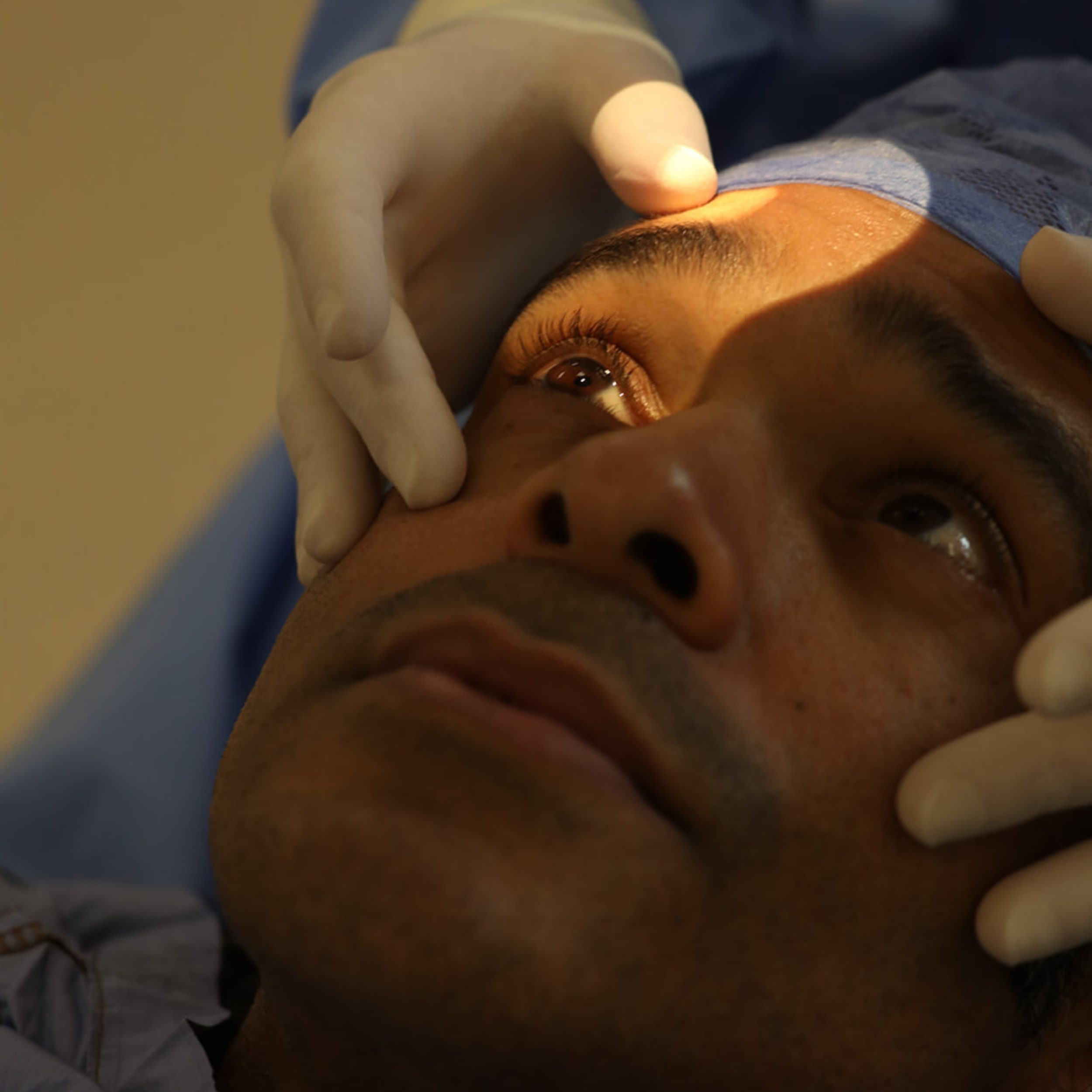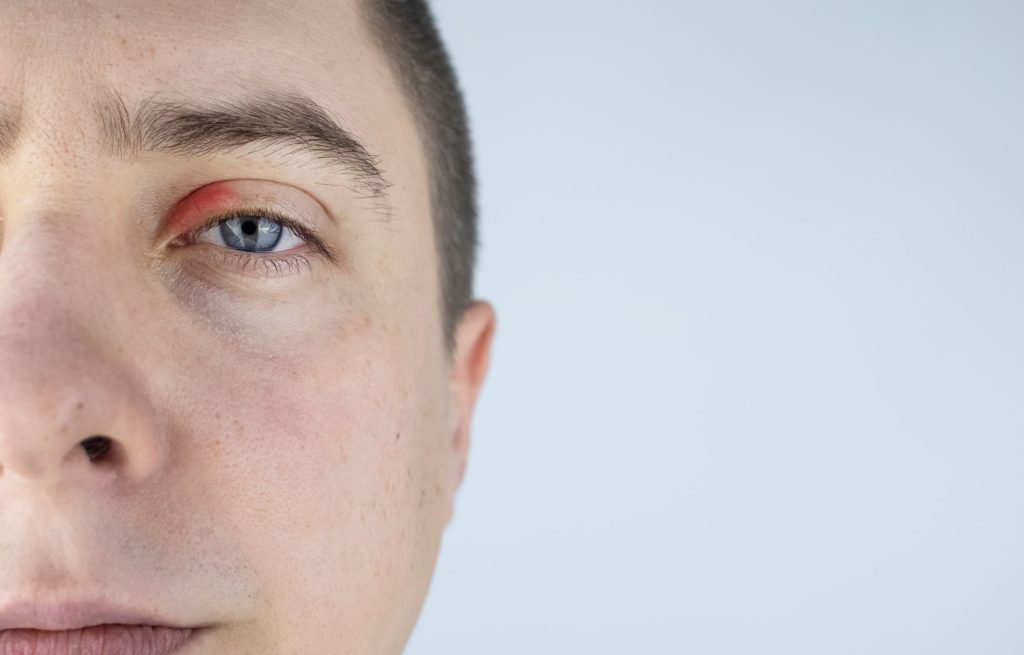Myths About Cataracts
Clarity is committed to collaborating with our partners to deliver exceptional care. Our specialists work who have years of experience, with many having contributed to research within ophthalmology, we’re at the forefront of healthcare innovation. We understand the significant impact cataracts can have on vision and daily life, and we’re here to address your questions and dispel any myths you may have heard.
Myths About Cataracts
Cataracts are one of the most common reasons for vision loss in adults. One of the more misunderstood eye conditions, here is a quick myth buster to help you sift fact from fiction:
Myth 1: Cataracts are growths on the eye
A common misconception is that they’re growths on the eye. In reality, a cataract is the clouding of the eye’s natural lens. This clouding occurs when the clear proteins within the lens lose their flexibility and begin to cluster together. As these clumps increase in size over time, they obstruct light passing through the lens, leading to the vision problems associated with cataracts.
Myth 2: Cataracts only affect the elderly
While age is a primary risk factor for cataracts, affecting approximately half of individuals by age 80, it’s important to understand that cataracts are not exclusively an age-related condition. Younger adults and even infants can develop them. Furthermore, various lifestyle choices, underlying health conditions, eye injuries, and genetic predispositions can contribute to cataract development. Specifically, factors such as smoking and diabetes significantly increase the risk.
Myth 3: Cataracts spread from one eye to the other
A common question we hear is whether cataracts can spread from one eye to the other. Rest assured, they cannot. While it’s true that cataracts frequently develop in both eyes, often around the same time, this is simply a matter of shared risk factors, like age. Each cataract develops independently within its own eye, and there’s no way for the clouding of the lens to transfer between them. So, if you’ve been diagnosed with a cataract in one eye, it doesn’t automatically mean the other will be affected.
Myth 4: The only symptom of cataract is blurry vision
Cataracts don’t just cause blurred vision; they can significantly alter how you perceive the world around you. Light passing through a clouded lens becomes distorted, often resulting in halos around lights, noticeable shifts in colour perception, and even double vision. Increased glare, especially at night, is a common symptom, making tasks like night driving particularly challenging. If you’re experiencing these changes, it’s important to seek an eye examination. Contact us for more information.
Myth 5: Cataracts need to be ‘ripe’ before you can operate
At Clarity, we’re proud to offer the latest advancements in cataract surgery. Gone are the days when you had to wait for your cataracts to become severely advanced, or “ripe,” before treatment was an option. Today’s technology allows us to perform surgery at a much earlier stage, often before you experience significant vision changes. This means you have greater control over your treatment timeline and can enjoy the benefits of clear vision sooner. Early intervention frequently leads to better outcomes, allowing you to maintain your active lifestyle with improved visual clarity. Trust Clarity to provide you with state-of-the-art cataract care, tailored to your individual needs.
Myth 6: Cataract removal is difficult and time consuming
Cataract surgery is recognised as one of the safest and most frequently performed procedures globally. Our experienced surgeons routinely complete up to 20 cataract removals in a single day. Typically performed under local or topical anaesthetic, the surgery itself usually takes just 10-15 minutes, allowing patients to return home within a few hours.
Myth 7: Cataract surgery is painful
Cataract surgery is typically a comfortable procedure. Upon arrival, you’ll receive fast-acting eye drops to numb your eye, ensuring a pain-free experience. You might experience some mild aching or a gritty sensation for a few days afterward, but this usually subsides quickly and can be easily managed with over-the-counter pain relief like paracetamol.
Myth 8: Cataract surgery takes ages to recover from
Recovery after surgery is typically quick, with most people able to resume their normal daily activities within 24 hours. While some initial blurriness is normal, your vision should improve rapidly. We do recommend avoiding strenuous activities for about a week to allow for optimal healing.
Myth 9: I’ll still be short-sighted afterwards
Cataract surgery offers the significant benefit of correcting refractive errors such as near-sightedness, farsightedness, and astigmatism. By replacing the clouded lens with a precisely chosen intraocular lens (IOL), patients often experience a dramatic improvement in vision and may even become less reliant on glasses or contact lenses.
Myth 10: Cataract surgery removes floaters
Cataract surgery is removal of the lens and inserting a new one. Floaters are imperfections floating around in the vitreous gel that fills almost the entire eyeball, and it’s actually behind the human lens. If you have floaters before surgery, it may become more noticeable. In any case, any change in your existing floaters, or any new ones, you should seek advice from your eye care professional.
Wondering if you might have cataracts, or need to explore some treatment options? Click here to find out more.




